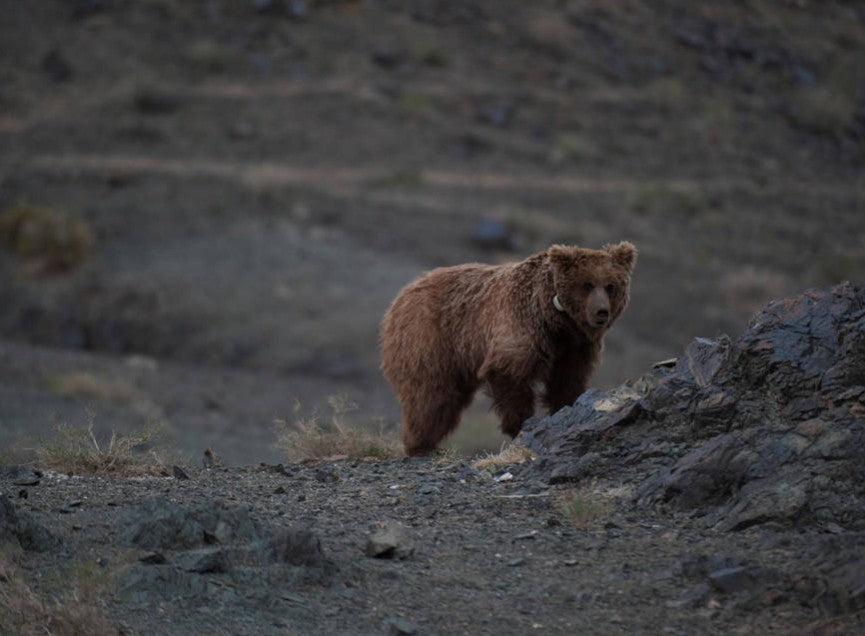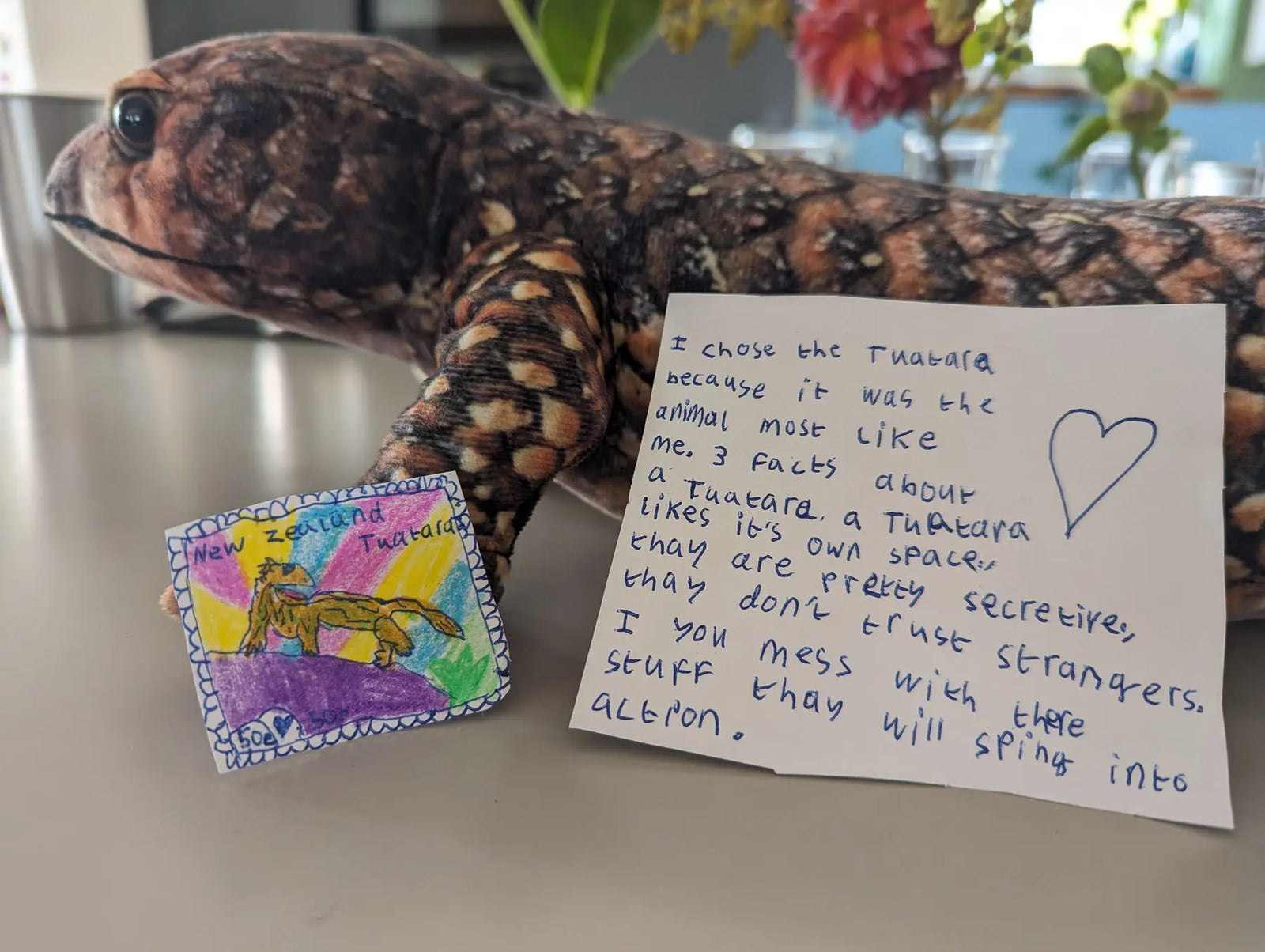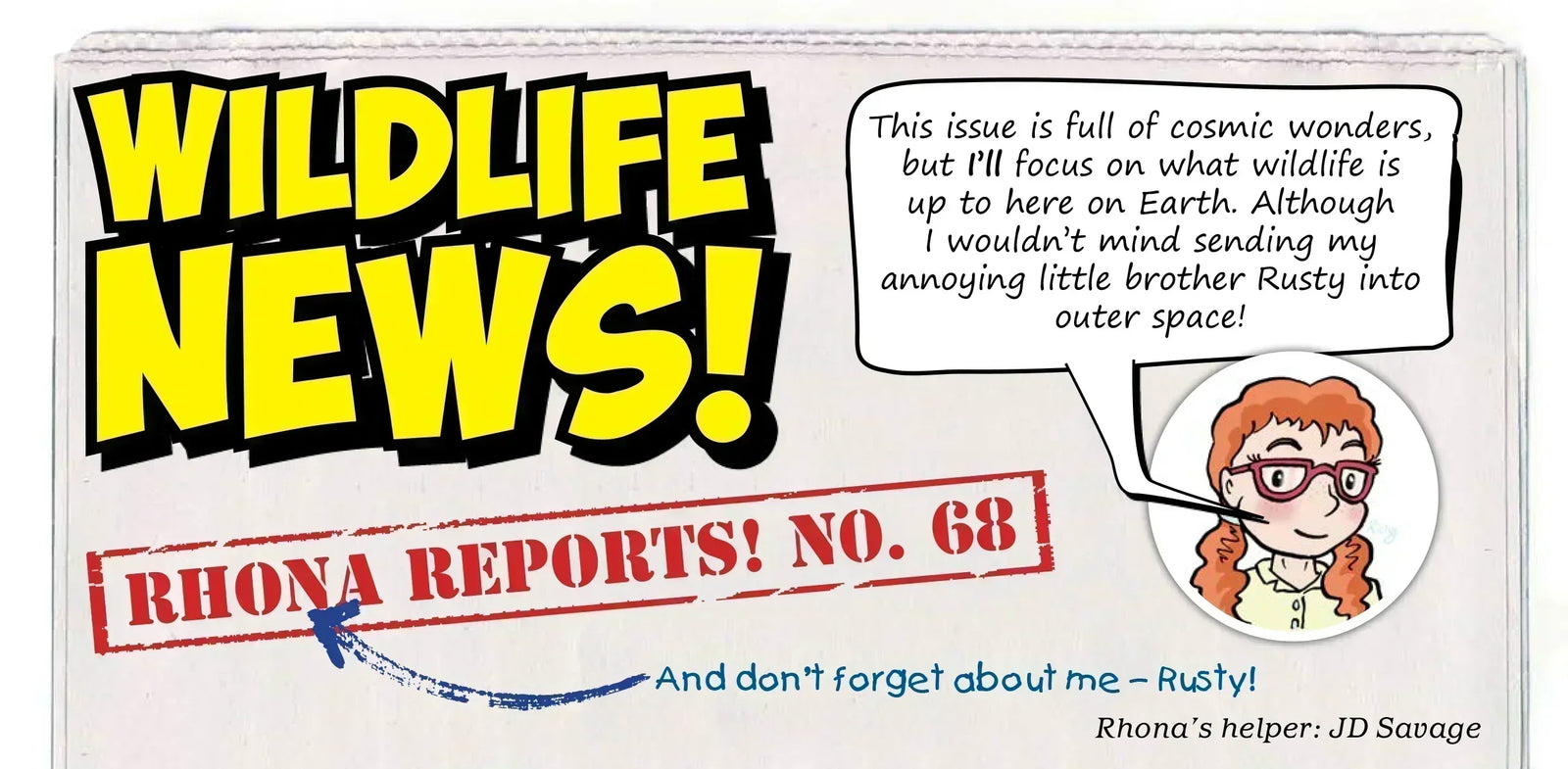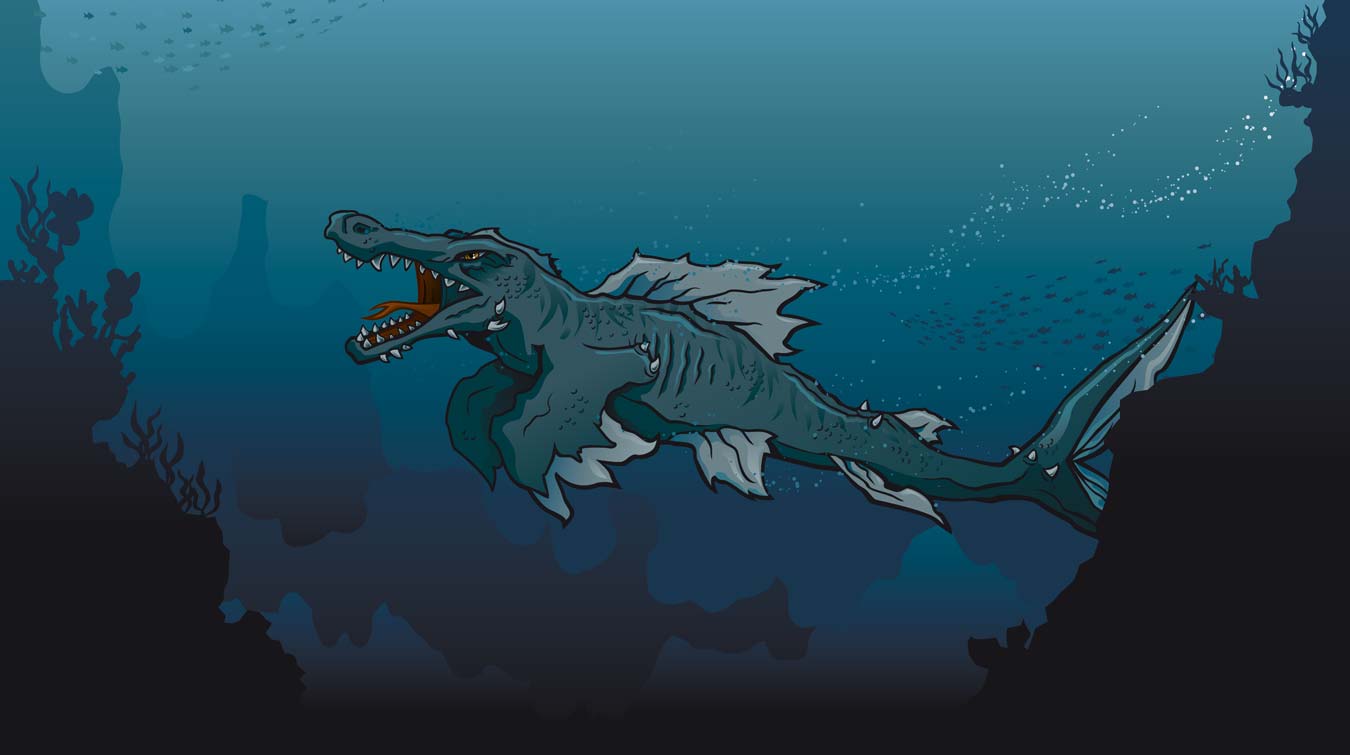Your Cart is Empty
Black Friday: 10% off subscriptions + two bonus gifts — code BLACKFRIDAY
Black Friday: 10% off subscriptions + two bonus gifts — code BLACKFRIDAY
You’re looking at the only bear in the world that spends its whole life in a desert. The Gobi bear is found in the Mongolian part of the Gobi desert – and nowhere else. It was first discovered over 75 years ago, but scientists still don’t know much about it. It’s thought there may be fewer than 40 bears living in the Gobi. Can these incredibly rare bears continue to exist in this extreme environment?
The Gobi bear (or mazaalai, as it’s called in Mongolian) is a subspecies of the brown bear. Brown bears are found across North America, Central Asia and Europe (but not the UK). The Gobi bear is different from other subspecies of brown bear in several ways:

Image © Eric Dragesco/naturepl.com
Gobi bears live in a part of the desert called the Great Gobi Strictly Protected Area (GGSPA). This is one of the world’s largest nature reserves, but it’s a tough place to be. Gobi bears are forced to travel large distances across the dry, dusty desert in search of an oasis. Here, they have a chance of finding food and water – the bear necessities of life!
Because there are so few of them, Gobi bears are in great danger of becoming extinct. Anything that threatens their survival can have a huge impact, such as:

A remote camera captures a Gobi bear in a waterhole.
Image: National Geographic Image Collection / Alamy Stock Photo
The Gobi Bear Project is helping the government of Mongolia to protect its Gobi bears by:
 Exciting news: scientists think the number of Gobi bears in the GGSPA could be slowly increasing! If these super tough mazaalai can survive in this harsh habitat, then maybe – with our help – the Gobi desert will be home to them for many more years to come.
Exciting news: scientists think the number of Gobi bears in the GGSPA could be slowly increasing! If these super tough mazaalai can survive in this harsh habitat, then maybe – with our help – the Gobi desert will be home to them for many more years to come.
Enjoyed reading this feature? Find out more about incredible Gobi animals in issue 53, The Gobi Desert!
Comments will be approved before showing up.
Meet the winners of our New Zealand postage stamp competition and explore a gallery of brilliant children’s designs celebrating Aotearoa’s unique wildlife.
Here’s a sneak peek straight from our latest issue of Eco Kids Planet, Wonders Beyond Earth. Wildlife News is where Rhona and Rusty round up the wildest real-world stories from across the planet. Enjoy the read! 🌎 Amazing Photo Entries! The Wildlife Photographer of the Year team gave me a sneak...
We asked you to dive deep into your imagination and invent a mysterious sea creature – and you didn’t disappoint! From glowing krakens and ancient owls to daring underwater adventures, your stories were packed with suspense, surprises and creativity. Thank you to everyone who took part – we’re thrilled to announce our four winning stories.




Volker Schweisfurth
May 26, 2020
25 years ago in Mongolia, two scientists from WWP gave me a piece of Gobi bear droppage that I kept until today. What a souvenir!